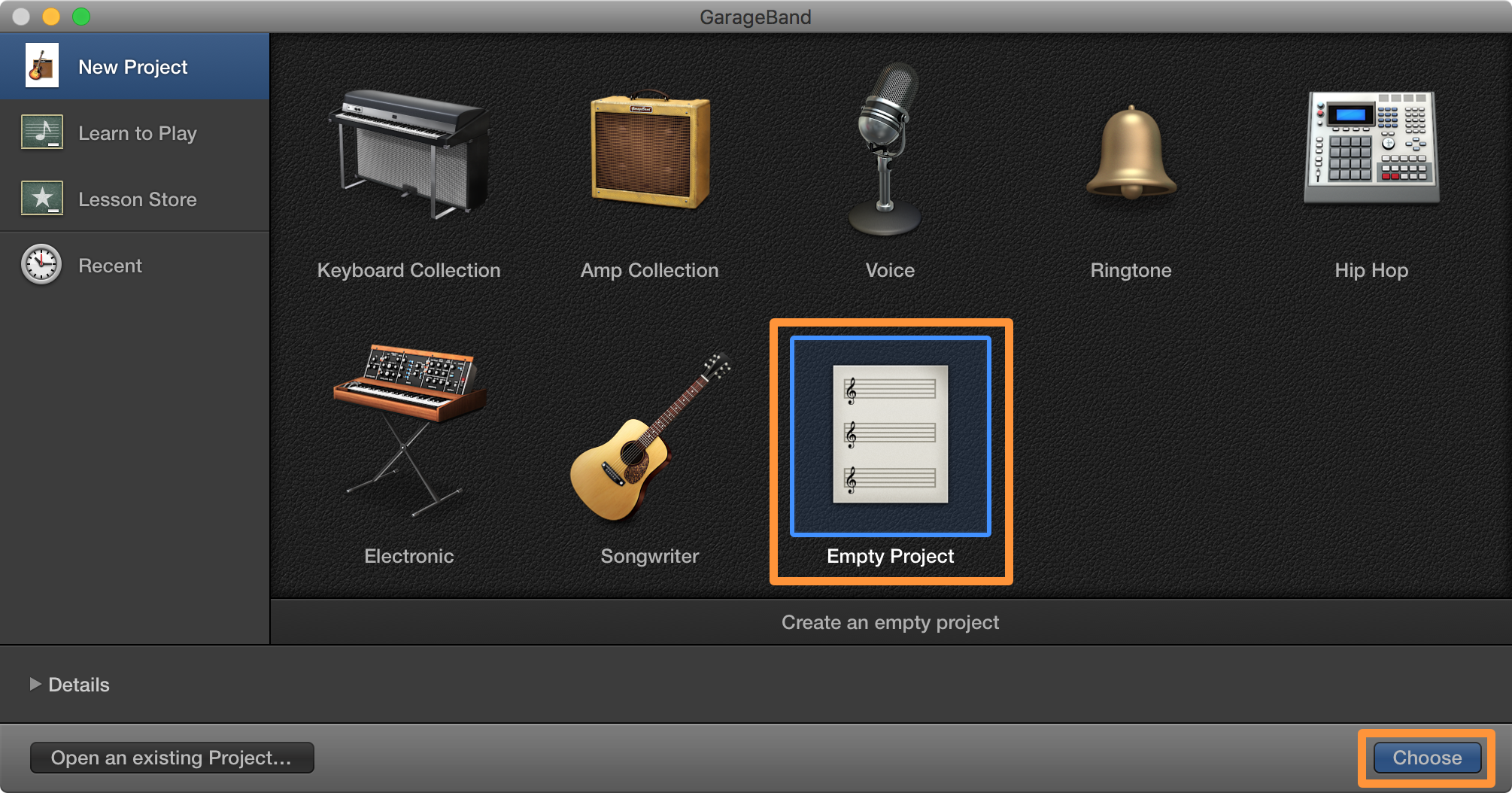
Click on the name of the track until a cursor appears. It is best to rename your tracks as you bounce them, as you would probably get confused with 20 tracks all called the same thing!Ħ. As you can see, the track defaults to the same name as the playlist. Click on the playlist, and it will open, showing the track(s) that have just been bounced. iTunes now appears, so scroll down until you find your playlist name.ĥ.

PLEASE NOTE that this is only a playlist where all the tracks will be held from this session, which means you can’t name individual tracks yet.Ĥ. Press Share, and the track begins to export. A menu pops up where you can name your playlist (and other details) where the file will go in iTunes. To export your soloed track, press ‘ Share’ and then select ‘ Send Song to iTunes’ from the top Garageband menu.ģ. The track that will be hard turns an orange colour, the tracks which won’t be heard turn grey.Ģ. This will ensure only the file you want is heard in the bounce. How to export individual tracks from Garagebandġ. In the window with all your tracks, press the speaker icon on all of the tracks you want to mute. This problem came up with a client I was working with this week, so I thought, “why don’t I try to help fellow readers in a similar situation?” For this example, I am using Garageband ’09.

I would like to explain the export process of Garageband. Hello, David Jones from again with a blog not about production tips today, but a process that people perhaps take from granted, but for some can be a challenging aspect of getting their tracks professionally mixed or mastered.


 0 kommentar(er)
0 kommentar(er)
